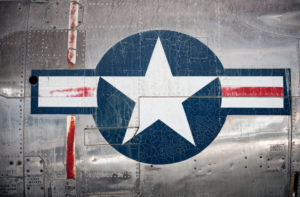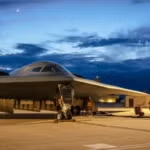
The U.S. Air Force may one day use drones for a variety of missions beyond strike, reconnaissance, and communications, a U.S. Air Force official said last week. "How they can be used is wide open, if you look at every mission set that we have in the air domain--air domain awareness, C2 [command and control], airlift, combat air forces and how they can team [with drones], rescue," Lt. Gen. Joseph Guastella, the Air Force deputy chief of staff for operations,…














